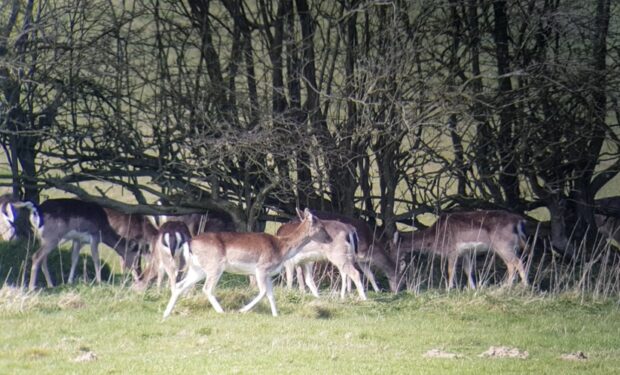
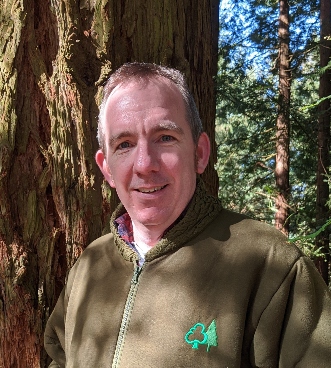 Ian Tubby, Head of Policy and Advice at the Forestry Commission, talks about the impact of deer in the countryside and the creation of the deer management strategy, which Defra are now consulting on.
Ian Tubby, Head of Policy and Advice at the Forestry Commission, talks about the impact of deer in the countryside and the creation of the deer management strategy, which Defra are now consulting on.
Wild deer, especially native species, are an important and valued part of our natural heritage. In England, due to several factors including land use changes and a lack of natural predators, deer density and distribution have dramatically increased over the last century, and at such levels pose a significant risk to our woodlands, other animals that rely on this environment and deer themselves.
There are six species of wild deer in England: red and roe deer are native; fallow, sika, muntjac and Chinese water deer are introduced species. Populations of wild deer have been increasing rapidly over the last 40 years and may now be higher than at any time in the last 1,000 years.
The pressure created by deer, as outlined below, needs to be reduced to allow woodlands and species which inhabit them to flourish, and to prevent economic damage to agricultural crops and trees managed for timber production. As such, the Forestry Commission and Defra are now seeking views on a new deer management strategy. Our aim is to ensure a well-managed and healthy wild deer population in England - a population which is in balance with its ecosystem and which mitigates the threat to long-term environmental or economic sustainability.
Impact of deer
Evidence of the negative effects caused by deer across the country is widespread. This includes:
- Putting browsing pressure (the consumption of tree shoots, shrubs and woody vegetation) on new woodlands and ground flora
- Inhibiting regeneration of existing woodlands making them vulnerable to disease and climate change
- Hampering the use of natural colonisation to establish new woods
- Reducing final timber crop value by up to 30-50% through browsing damage
- Causing significant crop and agricultural damage, with some individual landowners having lost more than £1 million per year to deer damage
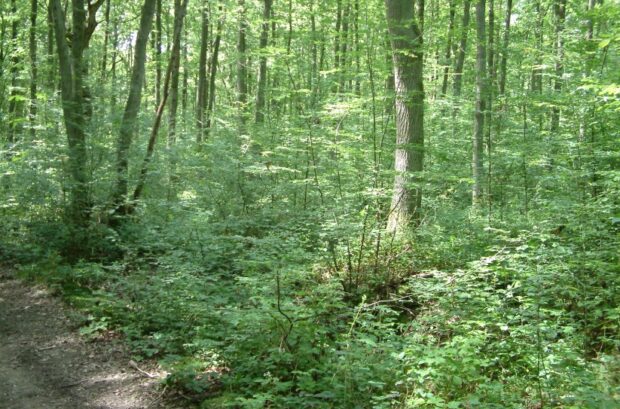
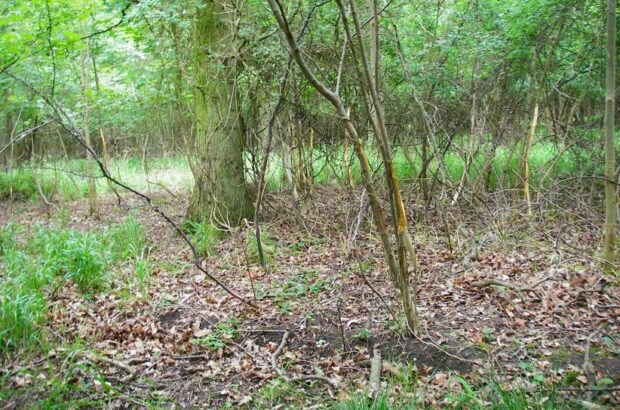
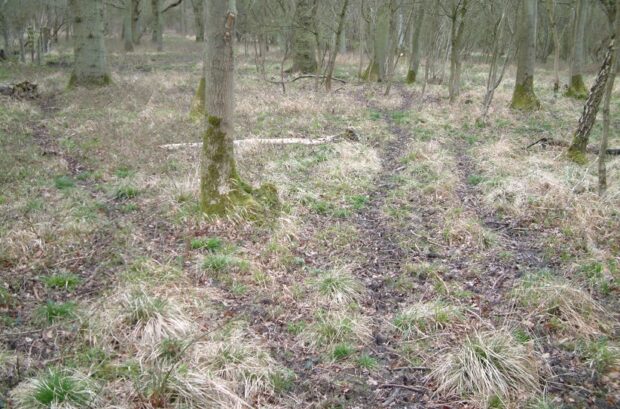
Trees and woodlands are crucial to the government’s plans to achieve net zero emissions by 2050, halt nature’s decline by 2030, and bring nature closer to people to support their health and wellbeing. They can also play important roles in building flood resilience, and supporting rural economies, such as by supplying timber and wood products as renewable resources.
Deer welfare
High populations can in fact be harmful to the deer themselves, other animals and birds. Too many deer competing for food in the same area can leave the population malnourished and unhealthy and allow diseases to spread. Dense populations also can support spread of other disease and parasites affecting wildlife and humans.
Deer-vehicle collisions also put both deer and human welfare at risk. There are over 70,000 such collisions in the UK annually, with an annual average of 20 human fatalities and between 400 and 1000 serious human injuries.
Deer management strategy
The 2021 England Trees Action Plan committed to a deer management strategy, led by the Forestry Commission, to manage the impact of deer on trees, woodland and agricultural crops in England, as well as safeguarding their potential benefits.
The proposed strategy will set out key actions to:
- reduce impacts of deer on the natural environment
- bring the deer population into sustainable numbers that the ecosystem can support without negative effects
- improve understanding of deer populations and their overall impact.
Four-week consultation
A four-week Defra consultation to seek views on the key proposals and actions to include in the final deer management strategy is now open. We welcome your thoughts.
A wide range of proposals are covered including:
- Incentives to increase landowner willingness to reduce deer impacts through active and effective management
- Improving the provisions within the 1991 Deer Act to enable more effective and accessible deer management
- Support and provision of advice to the woodland and land management sector
- Developing landscape scale solutions where deer move across ownership boundaries
- Improving the evidence base and development of a national deer data dashboard
- Improving deer health surveillance
- Supporting the wild venison supply chain to boost traceable supply and consumption
- Increasing sector skills and capacity
- Supporting research evaluation and monitoring
How to input into the consultation
Visit Citizen Space to input your views. The closing date is 23:45 on 2 September 2022.



2 comments
Comment by Stan Quinn posted on
As a stalker in the Wealden area I feel I am fighting and loosening battle. Last season I shot 374 deer in my local area. It doesn’t look like I have made any difference.
I think one of the biggest problems is land owned by anti shooters. There are several big bits of land in our area that have become safe havens for the deer. Unless we can manage the deer over a wider area I think we will struggle to get on top of the numbers.
Comment by Oliver Hancock posted on
This can only work with joined up thinking and collaboration on a landscape scale. All landowners need to be on the same page and incentives and directives need to come from ministerial level. Woodland habitats can regenerate quickly given half a chance but right now we are in ecological disaster territory. Many woodlands actually look dead. Urgent action is needed!